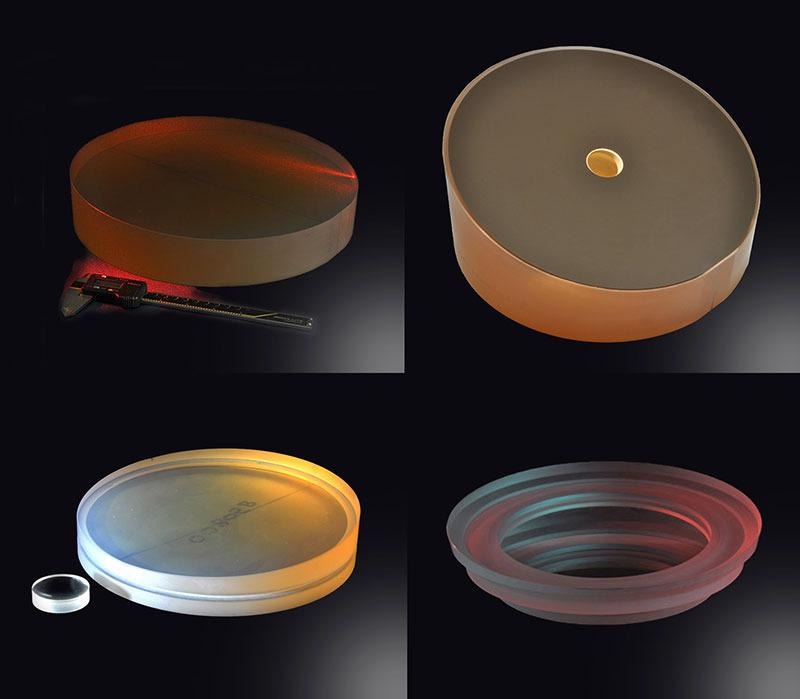Off-Axis Parabolic (OAP) Mirrors from Optical Surfaces Ltd. combine the achromatic and diffraction-limited imaging properties of a parabolic mirror with the ability to deviate the light path off-axis for optical design.
These mirrors offer the ability to focus collimated light without introducing spherical aberration. Additionally, unlike a centered parabolic mirror, an OAP mirror advantageously allows more interactive space around the focal point without disrupting the beam. As a result of their entirely achromatic performance, they are ideal for multiple wavelength or broadband applications.
Off-axis parabolic mirrors usually offer a cost effective solution without compromising performance. They are the perfect solution to several issues for optical and system designers.
Using proprietary production techniques, and benefiting from a uniquely stable manufacturing environment, Optical Surfaces highly experienced and skilled engineering team are world renowned for producing fast focusing OAP mirrors with unmatched surface accuracy, surface quality and surface slope errors.
Applications of OAP mirrors
- Collimators
- FLIR testing
- Beam expanders
- High power laser beam focusing
- MRTD test systems
- Spectrograph mirrors
- Target projection
- MTF reference surfaces
OAP mirrors - typical specifications
- Measures up to 600 mm in diameter
- Non-circular shapes
- Surface accuracy up to λ/20 at 633 nm
- Off-axis angles as large as 45
- Microroughness normally less than 1.2 nm RMS
- Comes with a wide range of coatings
Customer News Story - OAP mirrors
Optical Surfaces has provided two very high-accuracy focusing mirrors for the Astra Gemini project at the central laser facility at the Rutherford Appleton Laboratories at Didcot in the UK.
The off-axis parabolic mirrors have diameters measuring around 175 mm a focal length of 285 mm (an effective f ratio of 1.6) and an off-axis distance of 130 mm.
In spite of the extreme aspheric nature of these mirrors, a surface accuracy of better than λ /15 P-V at 633 nm, with slope errors of less than λ/10 per cm, was obtained.
One more critical requirement, due to the colossal power of the beams, was a surface scratch dig of better than 20/10, which was easily met.
Such mirrors are the crucial beam focusing components that will help raise the intensity of the present Astra laser by three orders of magnitude from 1019 W⋅cm-2 in a single beam to 1022 W⋅cm-2 on target in each of two beams.
The Astra Gemini project was supported by a CCLRC grant in a development that made the most intense laser in the world. The development offers the UK a special dual-beam facility, thereby providing a total power of 1 petawatt (1000 million watts).
The development allows researchers to make and examine extreme conditions in a controlled way in the laboratory. These conditions include temperatures as high as those discovered on the surface of the sun and colossal magnetic fields that are found in the neutron stars’ polar fields.

Image Credit: Optical Surfaces Ltd.